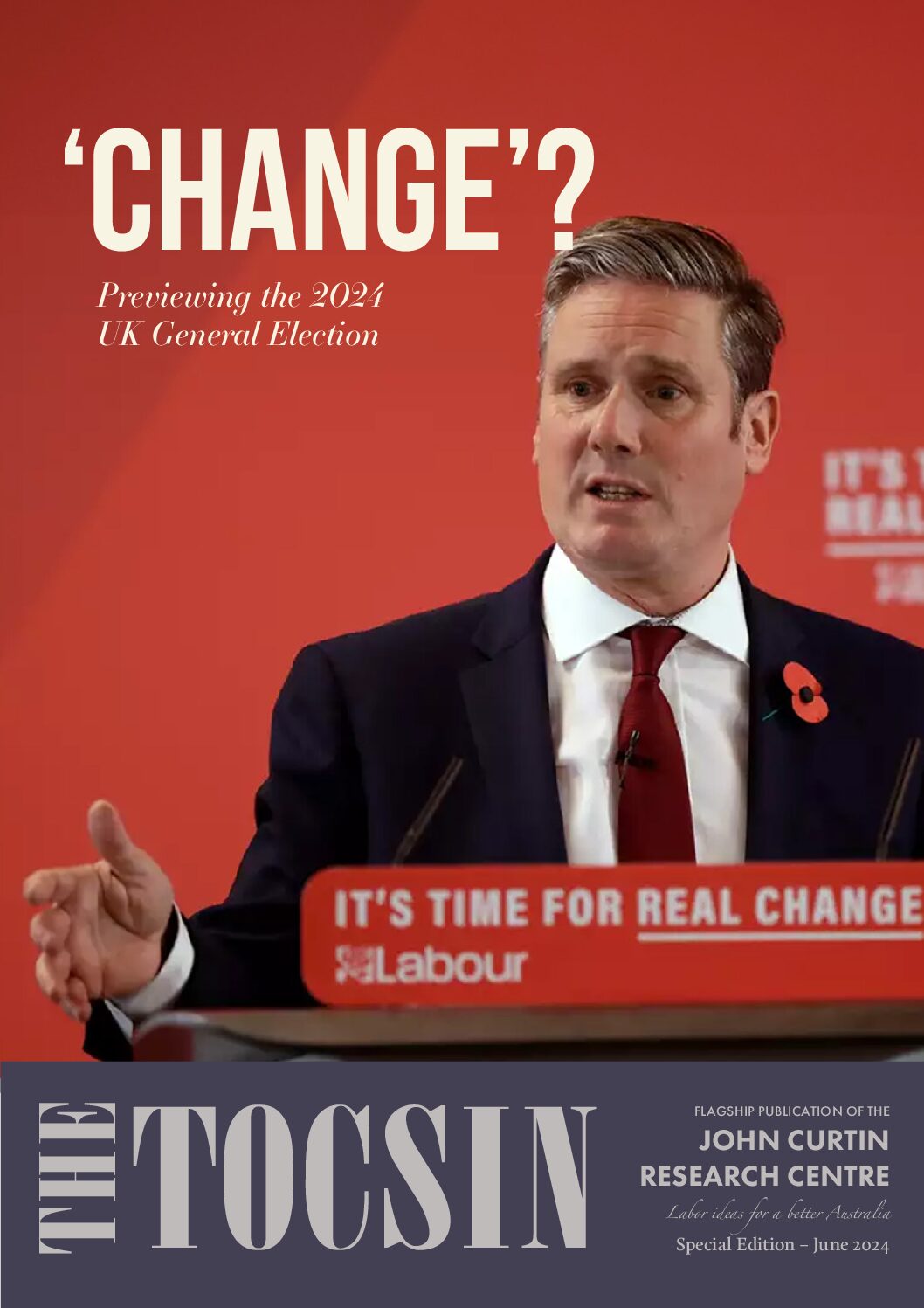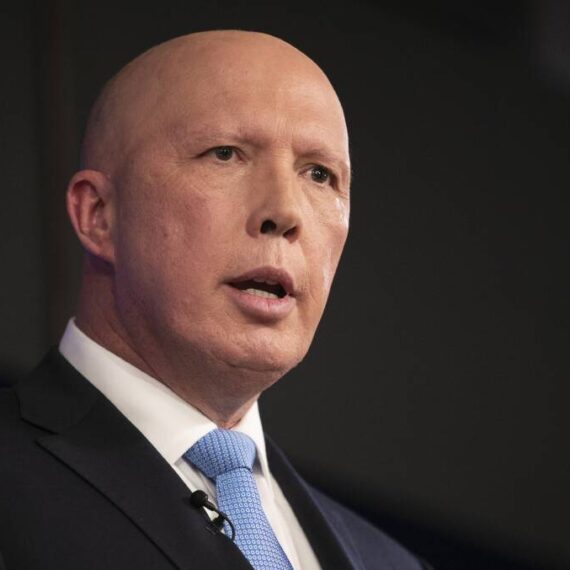We should remember much more about World War One than just Gallipoli
“Lest we forget.” It is a phrase Australians have solemnly invoked at memorial services commemorating the efforts of our soldiers during times of war, such as on Anzac Day or Remembrance Day. RSL clubs invoke the creed on a daily basis. But in this, the second year marking a century since the Great War, how are contemporary Australians measuring up?
Concerns surrounding the commercialisation of the Anzac “brand” – think of Woolworth’s disastrous “Fresh in our Memories” advertising campaign – and allegations of government-funding largesse aside, the much anticipated 100th anniversary of the 25 April 1915 Gallipoli landings was generally devoid of jingoist outbursts. Mercifully, we evaded the largely dead-end debate over whether the so-called Anzac Legend is “good or bad”. Criticising our secular religion of Anzac no longer ensures the equivalent of a public flogging.
Yet there is something disconcerting about our focus on the events of 25 April 1915. Our remembrance of the horror and enduring impact of World War One is most uneven. Will Australians, for instance, pause next month to remember the most successful facet of the tragic Gallipoli campaign, namely the withdrawal staged over five days prior to Christmas 1915?
As far as many serving Anzacs were concerned, Gallipoli at least kept them away from the killing fields of the Western Front, where more than 45,000 young Australians perished. Australian troops stationed at Fromelles in mid July 1916 suffered a staggering 5500 casualties in 24 hours. At the Battle of the Somme, Australians tasked with capturing the ground between Pozières and Mouquet Farm spent several months attacking German lines. Perhaps 2000 futile yards of territory were gained from the operation. Twenty-eight thousand Australians did not return from the Somme. Later in the war, Australian divisions under the direction of John Monash also played a notable, if overestimated, role in halting the final German offensive at Villers-Bretonneux. This is where Australia’s real World War One experience can be found, but I am not alone in wondering whether our Western Front commemorations in 2016 will accord the soldiers the recognition they deserve.
More than military matters, we are inclined to forget the Great War’s impact on the homefront. Major-party bipartisanship in favour of Australia’s involvement in the European War on behalf of Great Britain in July 1914 gave way to intense political and social divisions. Federal Labor, which took office in September that year – not even the war could prevent Australians from exercising their democratic right to vote – was torn asunder by the demands of wartime administration. Prime Minister Andrew Fisher, who had promised Australia’s “last man and last shilling” to the British Empire, lasted barely a year in the top job.
By this time of year a century ago, Australia’s wartime engagement had become divisive. Australia’s export-dependent economy was vulnerable to the disruption of international trade. Working people felt the pinch, as wages were frozen at pre-war levels while the cost of basics such as meat, sugar and flour soared. Some Australians began to question Australia’s involvement. One critic, the Victorian Labor MP Frank Anstey, alleged that “men come back armless, legless, maimed and shattered; money comes back fatter than it went”. Conversely, as the number of enthusiastic recruits dwindled, appeals to the patriotism of older, often married men became more virulent. Women were encouraged to recruit men, doorknocking eligible men or shaming them publicly with the “gift” of a white feather. At a July 1915 Melbourne recruiting meeting, a returned soldier demanded that “they could all do something. Any man, woman, or girl, who was not prepared to make a sacrifice was not an Australian”.
Australian politics was utterly transformed. The ALP split over the issue of military conscription in the wake of the divisive October 1916 referendum initiated by Fisher’s tempestuous successor Billy Hughes. Meetings were broken up. With the aid of returned soldiers, violence directed against conscription’s opponents was more pronounced. Both sides played to racist fears that a victory for their opponents would destroy White Australia. Conscription also unleashed the sectarian beast. Accusations of unpatriotic behaviour were levelled at Australian Irish Catholics, especially in view of the violent 1916 Easter rising and the prominent anti-conscriptionism of Melbourne’s Archbishop Daniel Mannix.
Ugly as it was, the conscription debate produced a genuine Australian achievement. Unlike most nations, we held a ballot on the issue. The slim victory for “No” was remarkable. A splintered labour movement and other radicals managed to defeat a powerful alliance of pro-conscriptionists – the entire spectrum of conservative politics, business groups, protestant churches, most of the press, and powerful groups such as the Universal Service League.
It was in some respects a Pyrrhic victory. Labor, which had come to regard itself as the natural party of government, was exiled from power for a generation. As a direct result of the events of the war years, the non-Labor parties, known from early 1917 to 1931 as the Nationalists, mostly dominated federal politics until the advent of the Hawke government in the 1980s.
Conscription did not end the tumult and shouting. In mid-1917, a transport dispute in Sydney morphed into a general strike embroiling 120,000 workers. And when Hughes called a second (also failed) conscription referendum for December 1917, the political temperature was only raised. But even here, war inadvertently created Australians institutions, some less noble than others. Visiting the Queensland town of Warwick during the referendum, Hughes was pelted with eggs by protesters. In response, the “Little Digger” formed the Commonwealth Police Force (known today as the Australian Federal Police). At the urging of the Women’s Christian Temperance Union, hotel hours were restricted in several states, eventually producing the infamous phenomenon known as the six o’clock swill.
War also invited a creative response. Some of this nation’s most influential writing – Charles Bean’s official histories of the Australian Imperial Force and CJ Dennis’s poetry – as well as our most poignant and dramatic art was produced by figures such as Will Dyson, Claude Marquet and Norman Lindsay in these years. Decades later, George Johnston’s classic 1964 Australian novel My Brother Jack evoked the war’s seismic aftermath. From a population of five million, 417,000 Australians enlisted, of whom 60,000 were killed and a further 156,000 wounded. No Australian family or community was left untouched.
So while the fighting ended at 11 am on 11 November 1918, the deaths and suffering did not. Some Anzacs went to off to Russia to fight the Bolsheviks. Others ventured to Egypt to put down a revolt in 1919. The war’s impact echoed starkly across the Australian landscape. War memorials, avenues of honour and tribute boards were erected in every town and city. Even these had the potential to cause division. Australian Catholics were not present in the immediate post-war Anzac commemorations, and Labor politicians were rarely asked to preside over the unveiling of war memorials. Hugo Throssel, a Victoria Cross winner, spoke out against the war on a platform in 1919 and was never invited back again. For the soldiers who did make it home, the end of the war was an unsettling experience. Repatriated men brought home the influenza epidemic which killed another 12,000 Australians. Many Anzacs died before their time, sometimes at their own hands, or battled mental illness. The government sought to compensate soldiers through so-called soldier settlement schemes in rural areas, leading to one of Australia’s most spectacular public policy failures. Australia’s national identity was literally reshaped by the war. Nationalism, which before the war had been hopeful and expansive if at times xenophobic, changed to stress notions of loyalty more strongly and became less able to accommodate dissent. As one self-styled patriot remarked in 1921, “it was damnable to think that any man should be allowed to be disloyal and live in a free country”.
Australians are fond of noting that the Anzacs “fought for our freedom”. This they may have done, but it was at great cost. Others fought just as valiantly, albeit without bayonets, to preserve our democratic heritage. Reflecting critically on the nation’s Great War experience should be a matter for pride, not navel-gazing regret, and is a terrific response to those who think Australian history is somehow “boring”. The alternative is to promote a crippling form of social and historical amnesia. Lest we forget.





